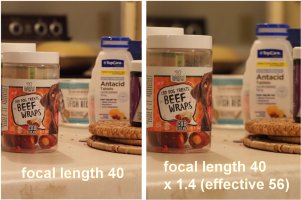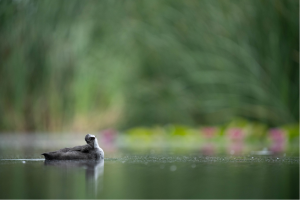Im interested in the abiility of the 400 f2.8 to blur the background (for wildlife).
But while looking into this with a depth of field calculator i noticed some contradictions.
when i type 400mm f2.8 into the dof calculator it says that i get about 62cm of in focus area with a subject at 25m distance.
however when i type in 560mm f4 (400 f2.8 with 1.4 teleconverter) it says i get a dof of about 45cm.
how is it possible that the dof is smaller with the teleconverter? All the sources i could find online said that the teleconverter doesnt
affect dof at all and that the teleconverter basicaly only performs an "optical crop".
Does anyone know more about this?
But while looking into this with a depth of field calculator i noticed some contradictions.
when i type 400mm f2.8 into the dof calculator it says that i get about 62cm of in focus area with a subject at 25m distance.
however when i type in 560mm f4 (400 f2.8 with 1.4 teleconverter) it says i get a dof of about 45cm.
how is it possible that the dof is smaller with the teleconverter? All the sources i could find online said that the teleconverter doesnt
affect dof at all and that the teleconverter basicaly only performs an "optical crop".
Does anyone know more about this?
Last edited:




